Name Francesco Mochi | Period Baroque | |
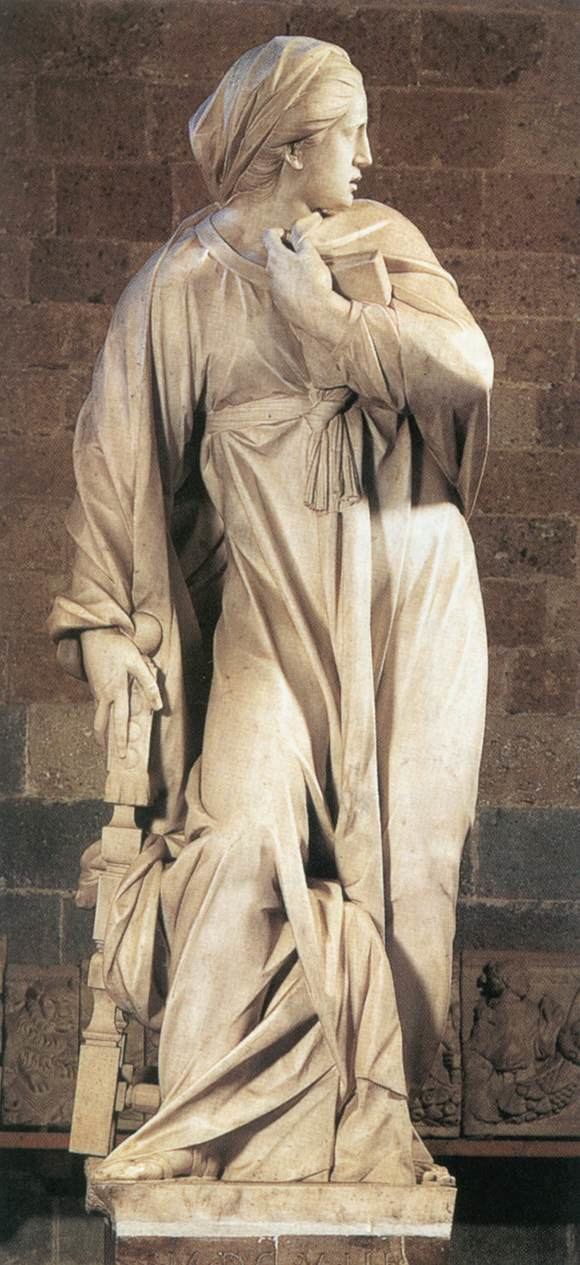 | ||
Died February 6, 1654, Rome, Italy | ||
Draping Michelangelo: Francesco Mochi, Gianlorenzo Bernini, and the Birth of Baroque Sculpture
Francesco Mochi (29 July 1580 – 6 February 1654) was an Italian early-Baroque sculptor active mostly in Rome and Orvieto.
Contents
- Draping Michelangelo Francesco Mochi Gianlorenzo Bernini and the Birth of Baroque Sculpture
- Percorso con le scuole a Levane per ricordare Francesco Mochi
- Career
- Saint Veronica in the Crossing of St Peters Basilica
- References
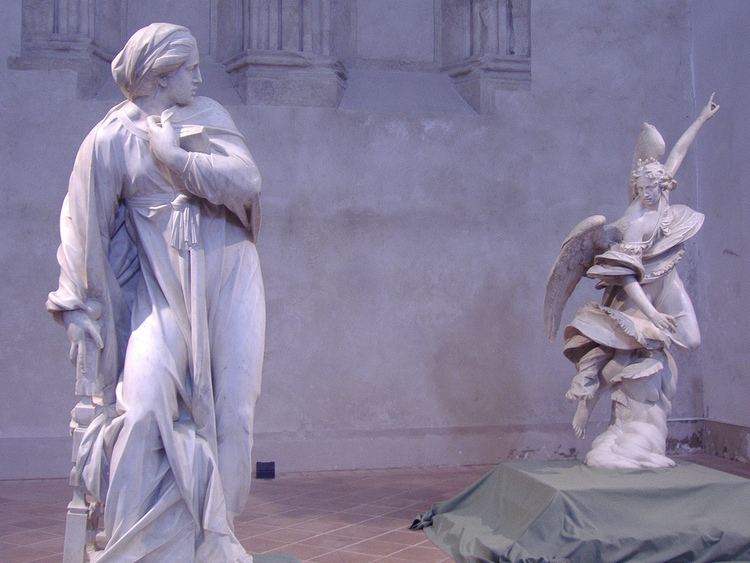
He was born in Montevarchi and died in Rome. His early training was with the anti-Mannerist Florentine painter Santi di Tito, where he formed a taste for pictorial clarity and the primacy of disegno, exemplified in the sculpture of Giambologna and his studio and followers. He moved to Rome around 1599 and continued his training in the studio of the Venetian-trained sculptor Camillo Mariani. Mochi was a contemporary of Gian Lorenzo Bernini's father, Pietro, as well as later with the son.

Percorso con le scuole a Levane per ricordare Francesco Mochi
Career
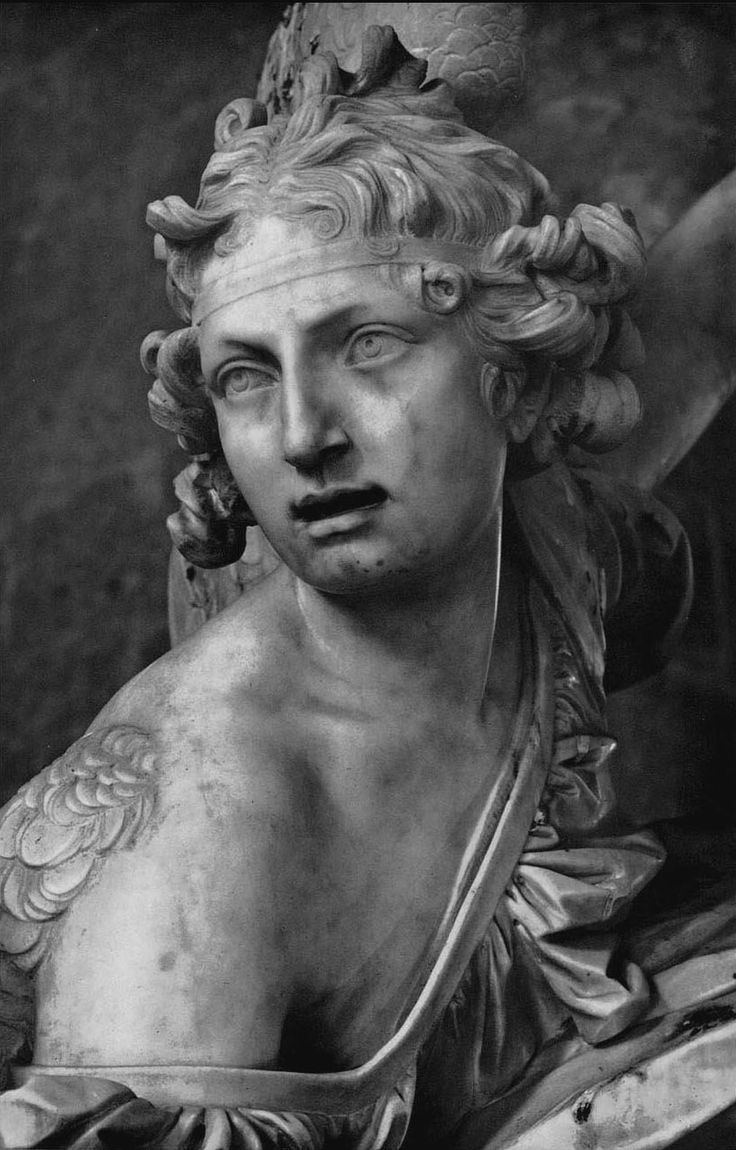
Mochi worked with Stefano Maderno on a prominent papal commission, the Cappella Paolina in Santa Maria Maggiore, where he contributed his still somewhat immature Saint Matthew and the Angel, in travertine. His first major work was the Annunciation of the Virgin by the Angel, composed of two statues (the Angel completed 1605, the Virgin Annunciate, 1608, Orvieto, Museo dell'Opera del Duomo). "A fanfare raising sculpture from its slumber", as Rudolph Wittkower called it, it prefigures the baroque with its restrained emotiveness.
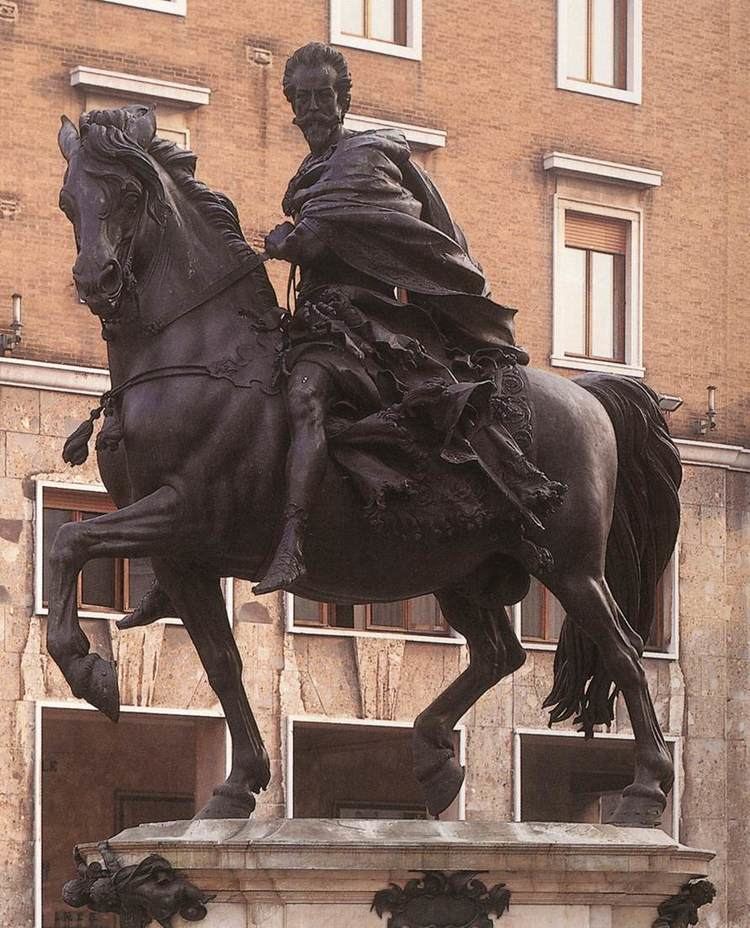
Mochi was one of the few seventeenth-century sculptors who was also a master bronze-caster. He made two masterly equestrian bronze statues of Ranuccio and Alessandro Farnese in Piazza Cavalli, Piacenza. Ranuccio Farnese, 1612–20, and Alessandro Farnese, 1620–29, are among the high points of his career.
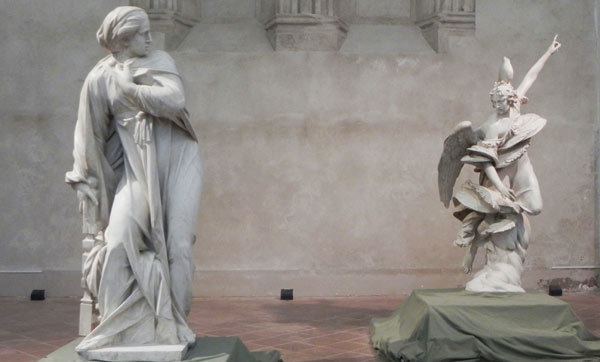
He returned from Piacenza to Rome, where he found Bernini fully in charge of major commissions, and a current fully developed Baroque style with which Mochi was now out of touch. His late Roman works are the Christ Receiving Baptism (1635 or later, Ponte Mello, Rome); Taddeus (1641–44, Orvieto), and Saints Peter and Paul (1638–52, Porta del Popolo), and Saint Martha for the Barberini family chapel at Sant'Andrea della Valle (1609–1621).
Saint Veronica in the Crossing of St Peter's Basilica
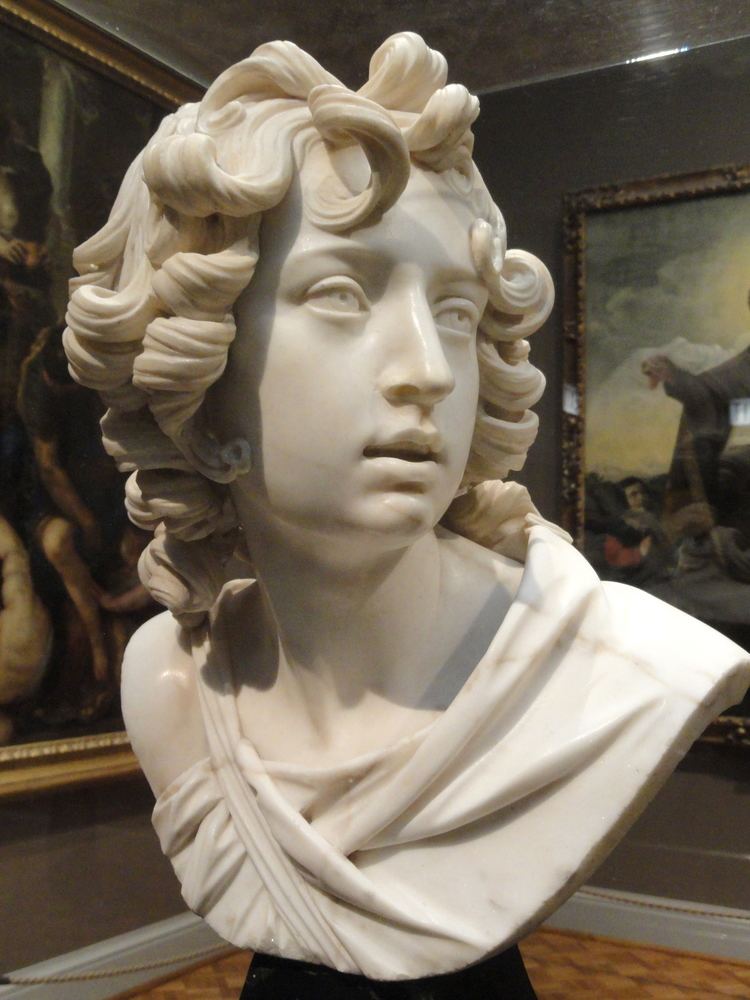
One of the four massive sculptures in the crossing of St. Peter's Basilica, the statue of the frantic Saint Veronica displaying the by then lost Veil of Veronica (1629–40) is the best-known masterpiece by Mochi, in the most prominent position. The other three are François Duquesnoy's (Saint Andrew), Bernini's (Saint Longinus), and Andrea Bolgi's (St Helena).

Of the four, Mochi's is the least appropriate to its site and topic, the most idiosyncratic and original. Bernini's Longinus is an intermediary between the sober but contorting classicism of Bolgi and Duquesnoy and the emotive dynamism of Mochi. Mochi's passionate depiction appears oversteps the decorum of the place. The other statues exude the equanimity of passionate triumphal Catholicism, celebrated here in the center of the mother church. The frantic pitch of the Veronica seems to attempt to storm into the circle of dramatic setpieces, with a shrill fervor. Mochi, in a letter pleading for completion of his payments, remarked that he had laboured "con ogni studio" in order "to stamp his old age with a memorable work".
Mochi's modern reinterpretation stems in part from interest in him that was renewed by the exhibition Francesco Mochi 1580–1654 (Montevarchi, Piacenza, Rome) 1981
